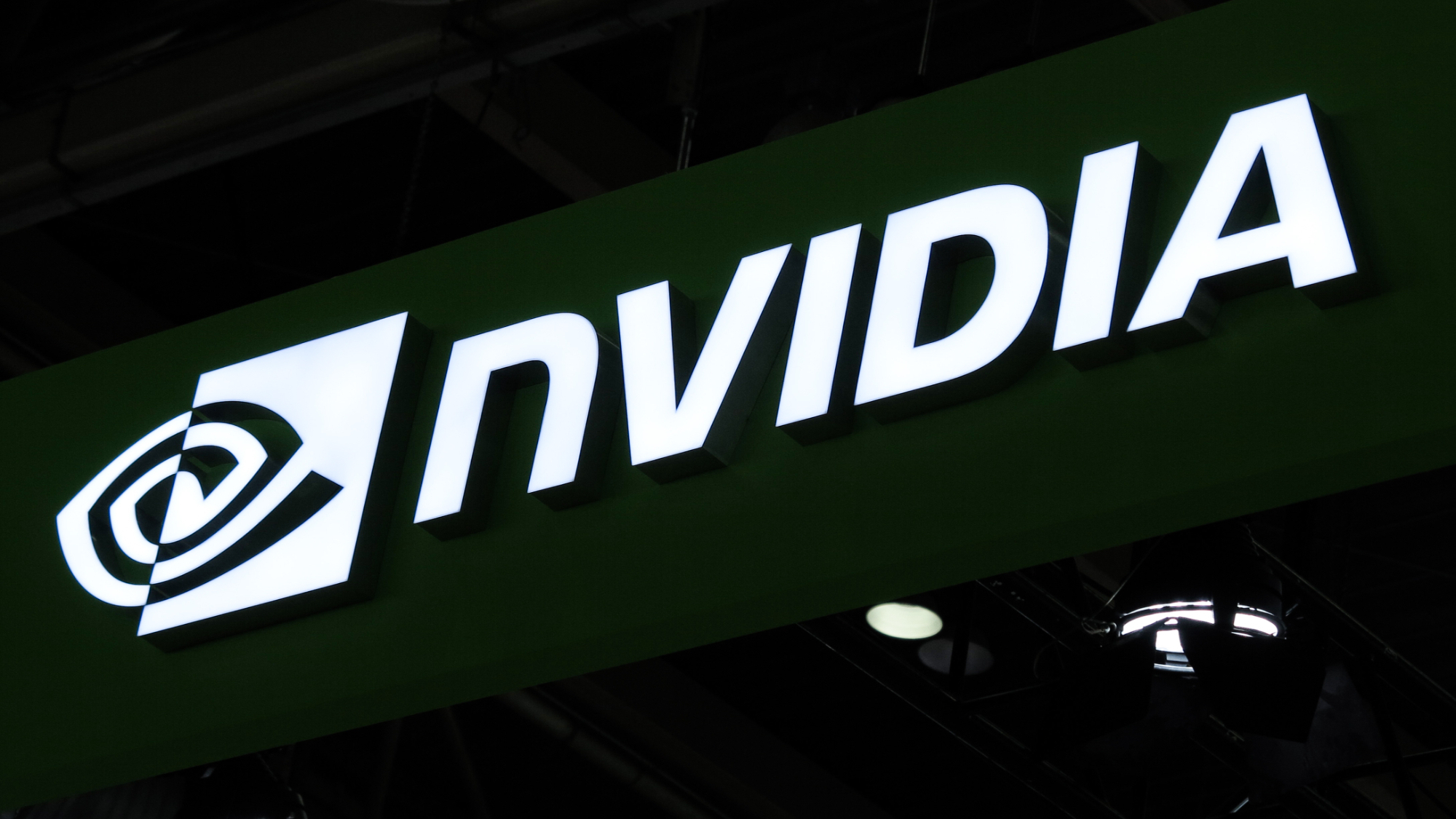Nvidia steps back from DGX Cloud — stops trying to compete with AWS and Azure
DGX Cloud fades into internal use as Nvidia positions Lepton to direct AI workloads across partner infrastructure.

Nvidia's DGX Cloud, once positioned as a direct-to-enterprise AI cloud, has quietly taken a backseat in the company's external strategy. According to an insider speaking to The Information, the GPU behemoth now uses most of DGX Cloud's capacity for internal research rather than promoting it as a customer-facing product.
It's a subtle change, but in Nvidia's financial results for the second quarter of its 2026 financial year, the company no longer attributes its multibillion-dollar cloud spend commitments to DGX Cloud, a disclosure it had included in prior quarters. This service is still listed in revenue categories, but its role has clearly shifted to in-house infrastructure. In other words, DGX is still alive and kicking, but it's no longer meant to compete head-on with the likes of Microsoft Azure or AWS.
DGX Cloud launched in 2023 with a premium price tag of $36,999 per H100 instance per month. That price made sense amid shortages of the time, but less so today. AWS has slashed H100 and A100 prices by as much as 45%, undercutting Nvidia's direct service and making hyperscaler rentals the obvious choice for most customers. With availability improving, DGX Cloud's role as a scarcity workaround effectively evaporated.
Instead, Nvidia has turned its focus to Lepton, a GPU rental marketplace launched earlier this year. Unlike DGX Cloud — which involved Nvidia renting GPUs from neocloud players like CoreWeave and then subleasing them to customers — Lepton acts as a traffic controller. It routes workloads to partner providers, including AWS and Azure, which are set to join the marketplace despite their own GPU offerings. This makes Nvidia less of a rival and more of an aggregator in the cloud AI economy.
What Nvidia gains in return is leverage. By positioning Lepton as a GPU marketplace, it keeps smaller providers plugged into its ecosystem. Ultimately, the company doesn't need to own the cloud. It just needs to own the stack and the demand funnel tied to it. Even if customers never touch DGX Cloud, they're still paying Nvidia.
For developers, the shift from DGX Cloud to Lepton means more accessible GPU capacity at competitive prices through the clouds they already use. For Nvidia, meanwhile, it means less channel conflict and a tighter grip on the flow of GPU workloads worldwide.
Follow Tom's Hardware on Google News to get our up-to-date news, analysis, and reviews in your feeds. Make sure to click the Follow button.
Get Tom's Hardware's best news and in-depth reviews, straight to your inbox.

Luke James is a freelance writer and journalist. Although his background is in legal, he has a personal interest in all things tech, especially hardware and microelectronics, and anything regulatory.
-
Stomx "DGX Cloud launched in 2023 with a premium price tag of $36,999 per H100 instance per month"Reply
Wow! The overpriced H100 itself were at this price tag and they additionally increased it by an order of magnitude via lease if you use it for a year.
Indeed, NVIDIA never deprives American customers in order to serve the rest of the world. -
bit_user Reply
No, Nvidia said that's per-instance, not per-H100. Here's how they define an instance:Stomx said:"DGX Cloud launched in 2023 with a premium price tag of $36,999 per H100 instance per month"
"Each instance of DGX Cloud features eight NVIDIA H100 or A100 80GB Tensor Core GPUs for a total of 640GB of GPU memory per node."
A machine like the one above would've cost about $500k, IIRC. Plus, you obviously haven't looked at pricing for AWS GPU instances, which runs into the $M/year, if you used like a 4-GPU instance 24/7!Stomx said:Wow! The overpriced H100 itself were at this price tag and they additionally increased it by an order of magnitude via lease if you use it for a year. -
Stomx But then after one year what -- the programmer goes to retirement? In 3-5 years this lease would cost you >10x the amount you would spent looking around for better prices or even better building yourself your own system. This is why nobody probably buying their service and they pushed it belly upReply -
bit_user Reply
You should read up on those DGX machines, because they're a lot more than simply 8x GPUs packed in a server chassis. The launch pricing was actually $480k:Stomx said:in 2023 I was able to find A100 for $12k and H100 for 20k,
https://en.wikipedia.org/wiki/Nvidia_DGX#cite_ref-33
However, there was also a long waiting list that quickly developed for them, and you know the saying: "time is money!" You can add a bit more for storage, power, cooling, infrastructure, etc. This is why AWS can get away with charging so much for their GPU instances! -
Stomx Reply
We are still looking at them when they will crash 10-20x in price (used) which can be pretty soon.bit_user said:You should read up on those DGX machines, because they're a lot more than simply 8x GPUs packed in a server chassis. The launch pricing was actually $480k: